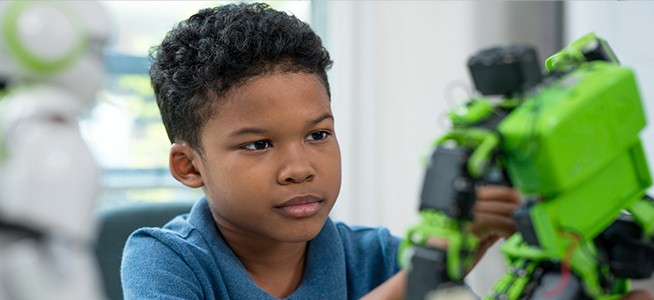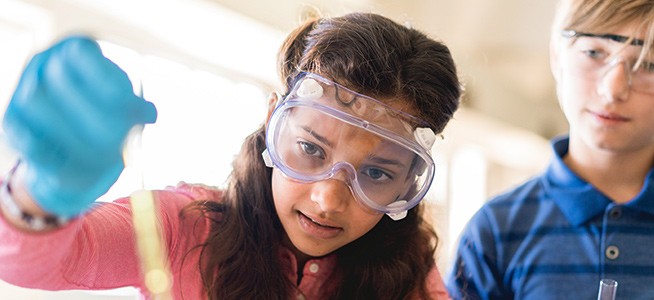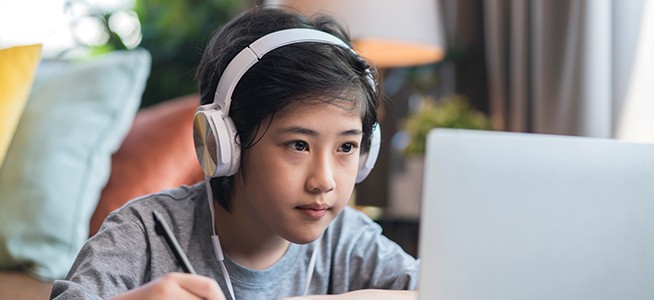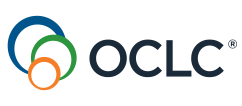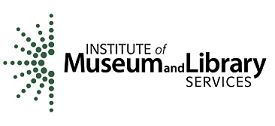Transforming School Library Practice: A School Librarian's Information Shelf: School Library Makerspaces
Makerspaces come in many varieties, with a range of equipment from low- to high-tech sophistication. The most important driver for creating a makerspace is being clear about the “why.” School librarians often include plans for a makerspace in physical space makeovers as key to transforming the library into the place where students go for self-directed exploration through hands-on making and learning. Student engagement and empowerment is at the heart of devoting time and space to making and STEM activities.
Learn how to get the most out of the School Librarian's Information Shelf in this recent webinar
Show details
23 May 2023
School Librarians Lead Learning and Transformation
Join this webinar for an introduction to the School Librarian’s Information Shelf and to learn more from practitioners who have applied transformative practices to their school libraries.
- Time: 3:00 PM – 4:00 PM Eastern Daylight Time, North America [UTC -4]
This event has passed. View the archive.
“It was obvious that the kids liked doing projects with hands-on materials. They needed meaningful projects and materials. They knew nothing about the engineering design process. Their library did not have a makerspace, but they needed one. When the librarian gave them materials to create, the students ‘went to town!’”
TSLP grantee Meg Jones
Librarian, Hillsboro-Deering Elementary School, NH

What information is important to know before setting up a makerspace in a school library? Consider in advance which materials to purchase to maintain a balance between high- and low-tech items, especially if a library is on a low budget. To help plan this decision-making process, Heather Moorefield-Lang offers extensive examples of different types of making (sustainable, service-related, accessible), materials (analog and digital), and creative projects that use everything from cardboard to stop-motion green screens. She emphasizes taking the time at the beginning to think about the goals for the space and planning accordingly. Download Transcript (7,293 words).
Video
Compassionate Making – Gina Seymour (33:07)
Gina Seymour presents a compassionate approach to making and makerspaces that focuses on community, inclusivity, creativity, and perseverance, among other soft skills. Making use of both low- and high-budget materials, Seymour has developed several service projects with her students, creating craft items such as DIY stress balls, fidget mats, comfort pillows, and more, each of which benefits a particular population in need. Seymour talks about various aspects of compassion as well, including grief work, social emotional well-being, environmental care, and more. Download Transcript (4,605 words).
Web
Makerspace and Digital Media Lab Resources
Drawn from the Toolkit for Creating Smart Spaces from WebJunction, this index offers a variety of resources related to planning makerspaces, the tools that can be used in makerspaces, and examples of Digital Media Labs, which use the HOMAGO (Hanging Out, Messing Around, and Geeking Out) framework to develop interest-driven, student-centered learning that is focused on production.
Community engagement
Where do you go for inspiration? Invigorate your community engagement efforts with advice from library leaders.


